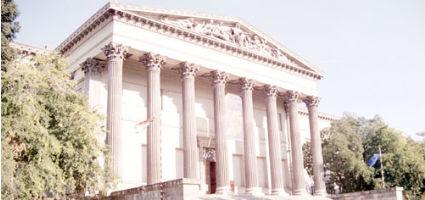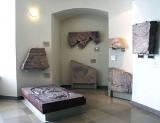2025. December 13. Saturday
Hungarian National Museum - Budapest
 |
Address: 1088, Budapest Múzeum körút 14-16.
Phone number: (1) 338-2122
E-mail: info@hnm.hu
Opening hours: Tue-Sun 10-18
|
The foundation of the museum coincided with significant changes in the course of Hungarian history, the development of the national consciousness of the New Age, the spreading of the civic notion of freedom. In 1802 the Count Ferenc Széchényi asked for permission from the Emperor to give his collection in connection with Hungary to the nation. He received permission, thus we take this time to be the year of the foundation of the Hungarian National Museum.


